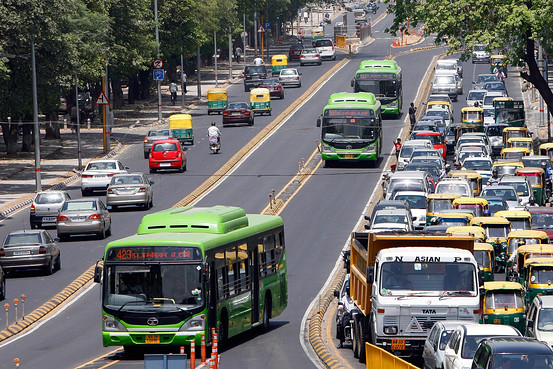The signs seemed pretty clear even until a month ago. The Centre was convinced that the future of Indian mobility was electric. Since the National Electric Mobility Mission Plan (NEMMP) 2020 was unveiled in 2015, the target of 100% electrification by 2030 has been repeated loudly and often. India was no longer afraid to take progressive, transformative steps to promote environmental sustainability and improve public health. Lately though, this resolve seems to have become shaky.
The jitters can ostensibly be blamed on the worst slowdown in India’s auto sector in the last two decades that has seen thousands of jobs lost amid heavy production cuts. As calls for a stimulus package from the auto industry grew louder (that has since been provided), the first clear sign that EVs would become the sacrificial lamb came from none other than the Prime Minister on the eve of India’s Independence Day.
PM Modi’s assurance to the auto sector that EVs and conventional Internal Combustible Engine (ICE) vehicles could continue to grow together flew right in the face of nearly every statement made by the government in this regard over the past few years. Then, this fortnight, transport minister Nitin Gadkari appeared to throw government think-tank NITI Aayog under the bus as he shot down their proposal to ban production and sale of ICE three-wheelers and two-wheelers with up to 150 cc engines by 2023 and 2025 respectively, adding that transition to EVs will happen organically. This was followed by statements from government officials, including finance minister Nirmala Sitharaman, that the government would not treat one industry preferentially over the other, indicating that it was inclined to leave the transition up to market forces here onwards, so as to not spook the auto industry.
There is little evidence that this approach will yield any results even in the short term as EVs are far from the biggest headache for automakers. The government seems oblivious to other important factors affecting the sector – including disruptions brought on by BS VI fuel norms to be implemented from next year and the inescapable impact of global economic factors.
In fact, the Centre’s mixed messaging could only end up damaging a potentially high-growth segment of the auto sector by publicly pulling its support for EVs. They form just around 0.06% of the cars on Indian roads today. It’s no secret that left to its own, EVs stand little chance of competing with ICE vehicles as they are much more expensive and are far from having adequate support infrastructure. However, had the government pushed for it, it seemed only a matter of time that EVs would become a viable alternative to ICE automobiles.
Companies manufacturing auto parts and components have already been witnessing an upturn as a global transition seems to be taking shape. India’s flip-flop though could end up putting the brakes on a transition to EVs, the conditions for which have just begun to be prepared through GST rate cuts, budget allocations and huge financial outlays for charging infrastructure and battery manufacturing under FAME-2. Right now, the only possible outcome seems to be fast-eroding investor sentiment in what could be the most exciting market.
About The Author
You may also like
India’s EV revolution: Are e-rickshaws leading the charge or stalling it?
Is pine the real ‘villain’ in the Uttarakhand forest fire saga?
NCQG’s new challenge: Show us the money
India’s energy sector: Ten years of progress, but in fits and starts
9 years after launch, India’s solar skill training scheme yet to find its place in the sun


